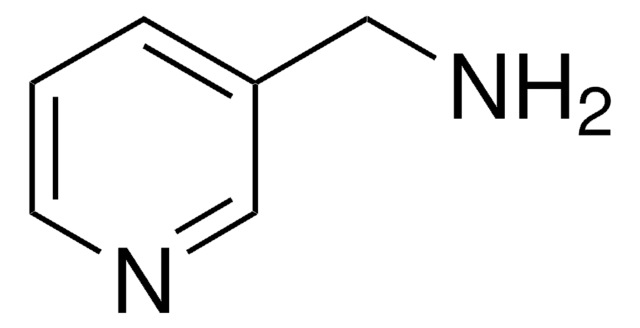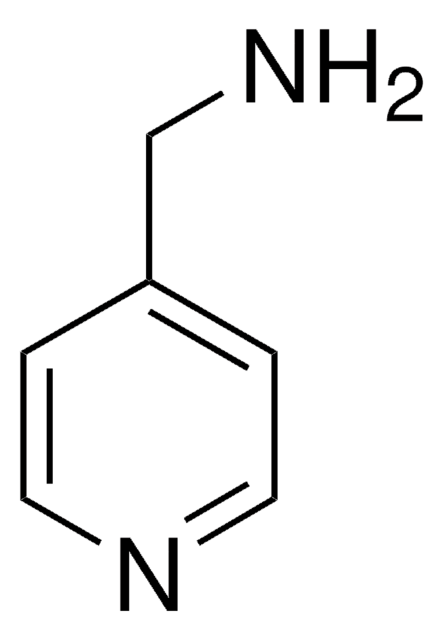123315
1,4-Butanediol divinyl ether
98%
Synonym(s):
1,4-Bis(vinyloxy)butane, 1,4-Butylene glycol divinyl ether, 1,4-Divinyloxybutane
About This Item
Recommended Products
Quality Level
Assay
98%
refractive index
n20/D 1.444 (lit.)
bp
62-64 °C/10 mmHg (lit.)
mp
−8 °C (lit.)
density
0.898 g/mL at 25 °C (lit.)
SMILES string
C=COCCCCOC=C
InChI
1S/C8H14O2/c1-3-9-7-5-6-8-10-4-2/h3-4H,1-2,5-8H2
InChI key
MWZJGRDWJVHRDV-UHFFFAOYSA-N
Related Categories
1 of 4
This Item | BP1247 | Y0000525 | 1569315 |
|---|---|---|---|
| assay ≥98% (HPLC) | assay - | assay - | assay - |
| form powder | form powder | form - | form - |
| Quality Level 100 | Quality Level 100 | Quality Level - | Quality Level - |
| storage temp. 2-8°C | storage temp. 2-8°C | storage temp. 2-8°C | storage temp. - |
| solubility DMSO: 5 mg/mL, clear (warmed) | solubility - | solubility - | solubility - |
| color white to beige | color - | color - | color - |
General description
Application
- Comparative physicochemical analysis among 1, 4-butanediol diglycidyl ether cross-linked hyaluronic acid dermal fillers: This study explores the properties of hyaluronic acid dermal fillers cross-linked with 1,4-butanediol diglycidyl ether, focusing on their physicochemical characteristics and performance in cosmetic applications (Zerbinati et al., 2021).
- In-depth characterization of 1, 4-butanediol diglycidyl ether substituted hyaluronic acid hydrogels: An investigation into the properties of hyaluronic acid hydrogels modified with 1,4-butanediol diglycidyl ether, providing insights into their structural and functional enhancements (Zhang et al., 2023).
- Highly Branched Poly(5-amino-1-pentanol-co-1,4-butanediol diacrylate) for High Performance Gene Transfection: Discusses the synthesis and application of a novel branched polymer for gene delivery, highlighting the role of 1,4-butanediol diacrylate in enhancing transfection efficiency (Zeng et al., 2017).
- Tuning thermal, morphological, and physicochemical properties of thermoplastic polyurethanes (TPUs): This study examines the effects of substituting 1,4-butanediol in the synthesis of TPUs, aiming to improve their mechanical properties and performance (Ernzen et al., 2022).
- Cyclodehydration of 1, 4-butanediol over Zr-Al Catalysts: Focuses on the catalytic transformation of 1,4-butanediol to tetrahydrofuran, a critical industrial solvent and intermediate, using zirconium-aluminum catalysts (Li & Chen, 2019).
Signal Word
Warning
Hazard Statements
Precautionary Statements
Hazard Classifications
Aquatic Chronic 2 - Flam. Liq. 3 - Skin Sens. 1B
Supplementary Hazards
Storage Class Code
3 - Flammable liquids
WGK
WGK 2
Flash Point(F)
139.1 °F - closed cup
Flash Point(C)
59.5 °C - closed cup
Personal Protective Equipment
Choose from one of the most recent versions:
Already Own This Product?
Find documentation for the products that you have recently purchased in the Document Library.
Customers Also Viewed
Our team of scientists has experience in all areas of research including Life Science, Material Science, Chemical Synthesis, Chromatography, Analytical and many others.
Contact Technical Service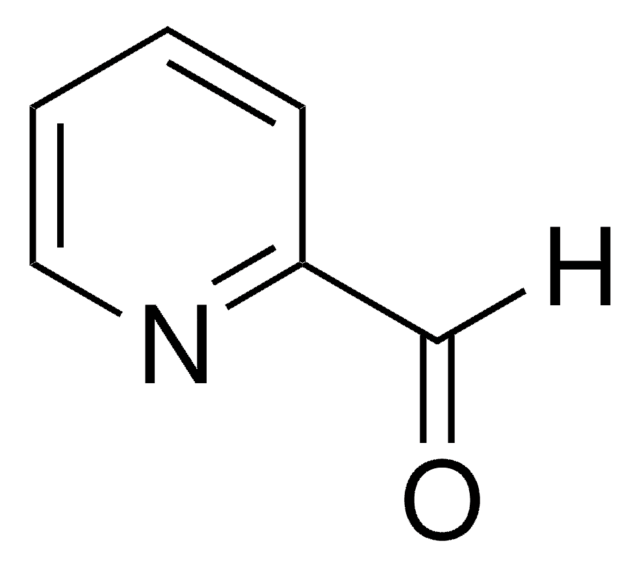


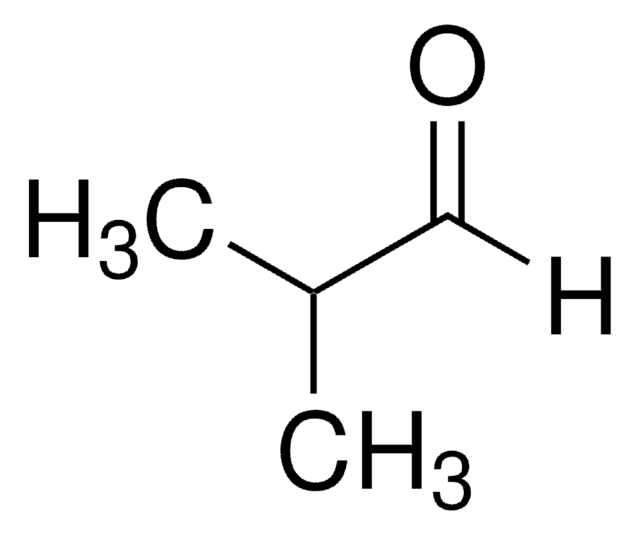
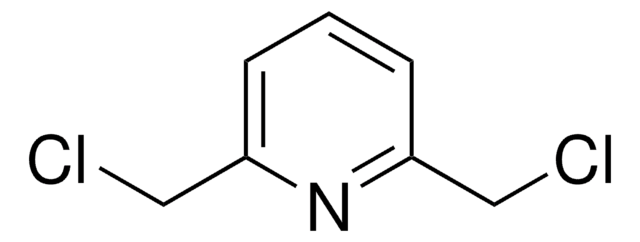



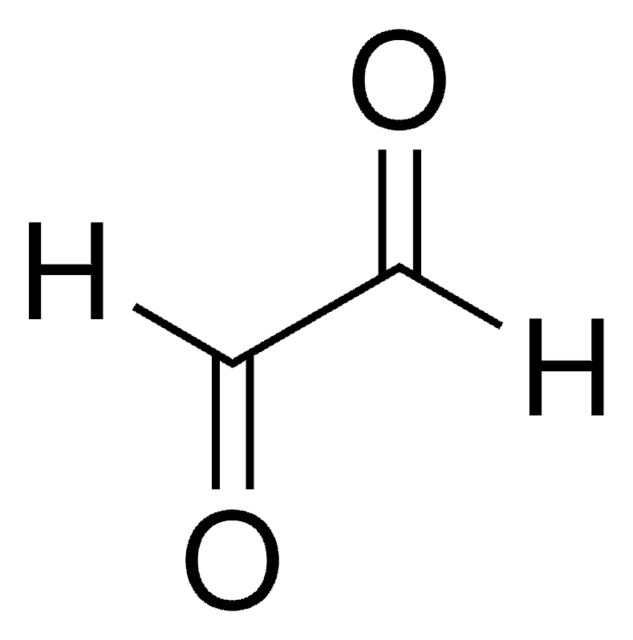

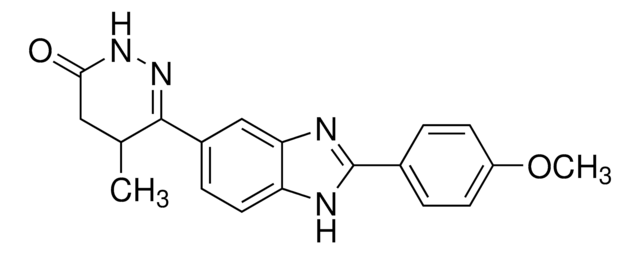

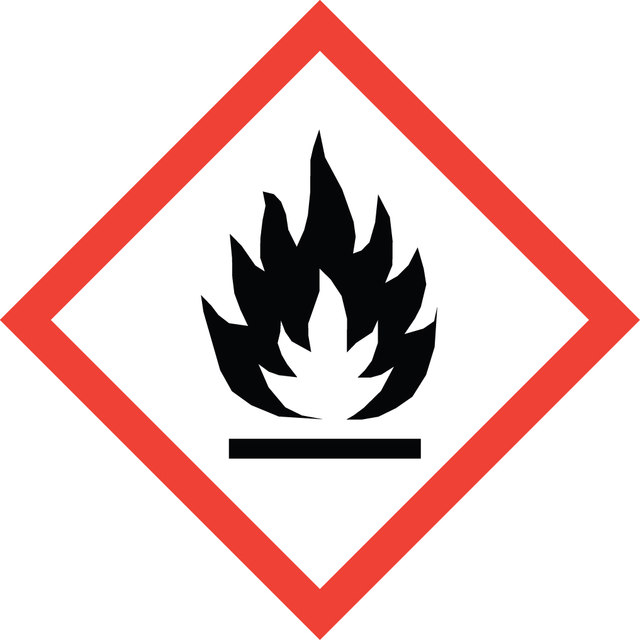

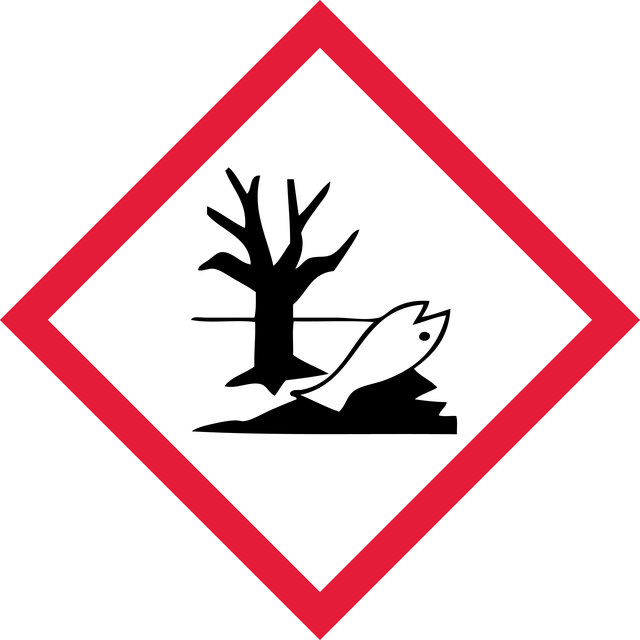
![2-[(Methylamino)methyl]pyridine 97%](/deepweb/assets/sigmaaldrich/product/structures/370/687/248fbc0c-2e59-447c-8191-2685dfb597d6/640/248fbc0c-2e59-447c-8191-2685dfb597d6.png)


